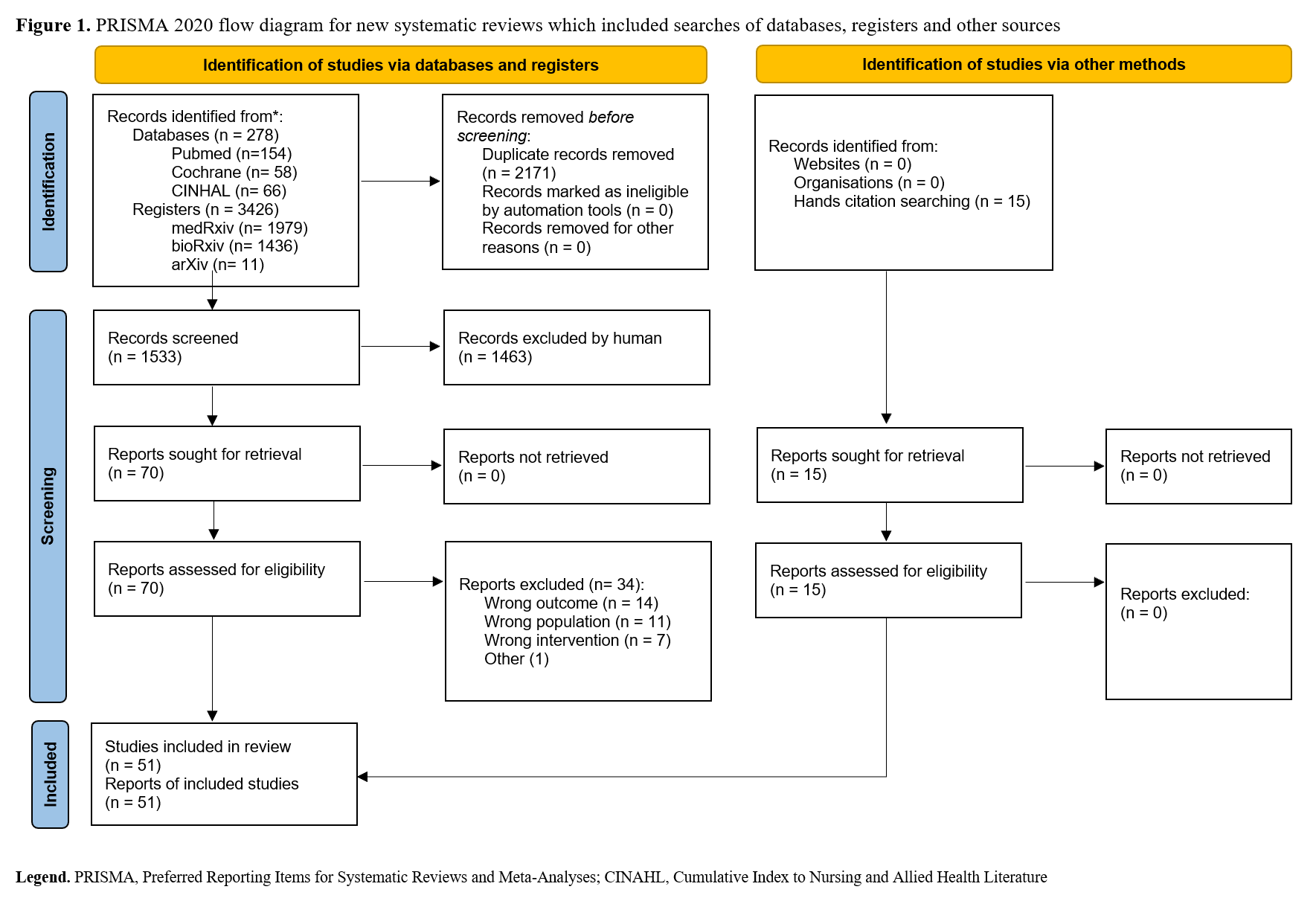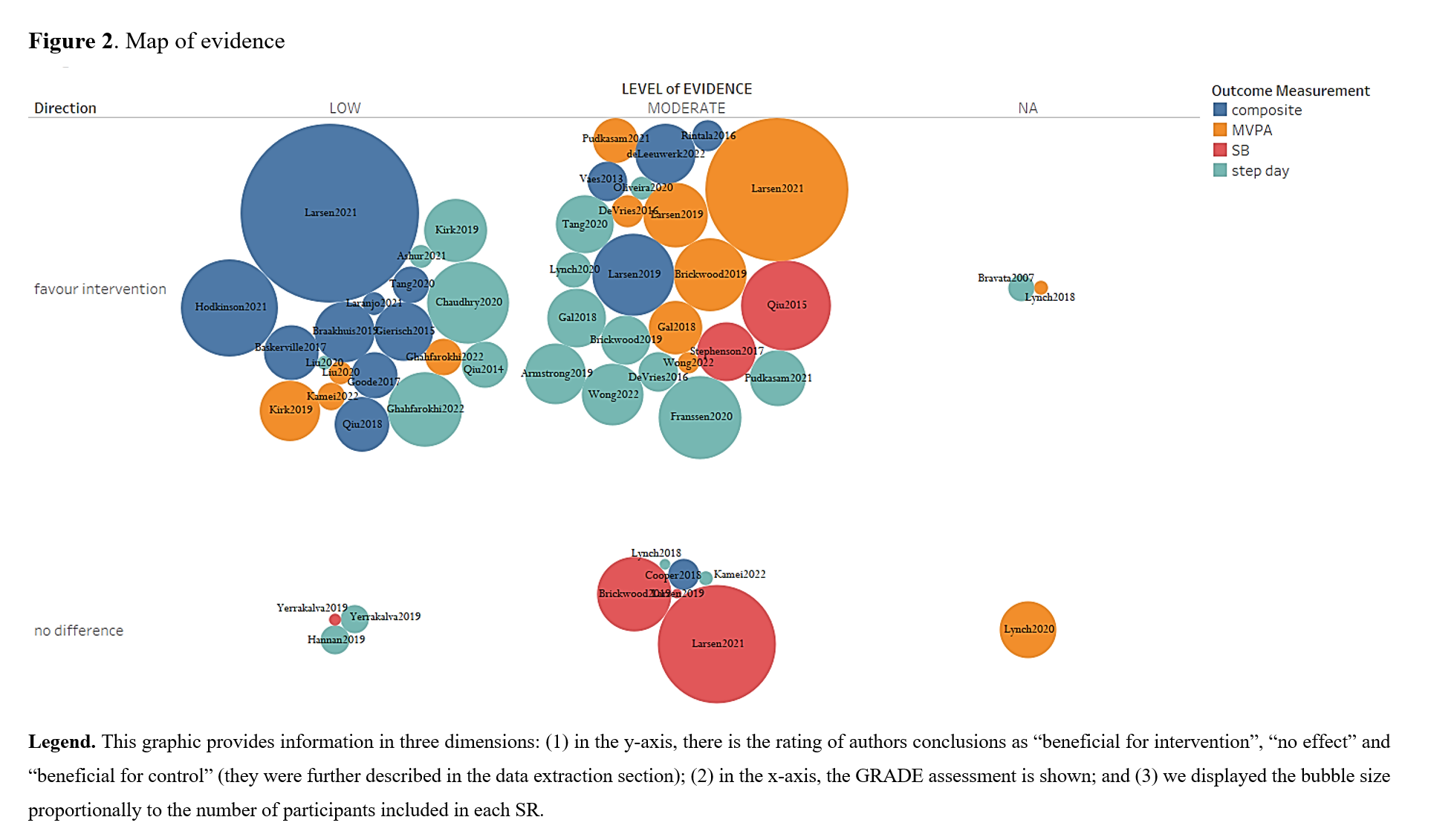I dispositivi indossabili per migliorare l’attività fisica: una revisione ombrello
Wearable devices to Improve Physical Activity: An Overview of Systematic Reviews
Introduction
Physical activity provides benefits in the prevention and treatment of many conditions. A low proportion of the population meets the suggested evidence-based level of physical activity. Wearable devices might contribute to increase physical activity. This study aimed to evaluate the efficacy of wearable devices in increasing physical activity in adults.
Methods
We performed an Overview of Systematic Reviews (SRs). The review protocol was registered in the International Prospective Register of Systematic Reviews (PROSPERO) database (CRD42022339140). We searched PubMed, Cumulative Index to Nursing and Allied Health Literature, the Cochrane Library, MedRxiv, Rxiv and bioRxiv databases up to February 5th, 2023. SRs that evaluated the efficacy of interventions with wearable devices to increase physical activity in adults aged over 18 years. The primary outcome was physical activity measured as the number of steps per day, minutes of moderate to vigorous physical activity (MVPA) and sedentary behaviour (SB).
Results
We included 51 SRs, of which 38 included meta-analyses, and 302 unique primary studies were detected (FIGURE 1). Overall, 72.5% of SRs were rated as critically low quality. With a slight overlap of primary studies (CCA: 3.87% in steps per day, 2.78% in MVPA, 4.06% in SB) and low to moderate certainty of the evidence, wearable devices may increase PA with a median of 1312.23 (IQR 627-1854) steps per day and 12.56 (IQR 7.22 to 48.5) minutes of MVPA with clinical relevance in adults with or without comorbidities (FIGURE 2). Scattered clinically and statistically effect sizes for SB were reported in few SRs and in older adults.
Discussion and Conclusion
Our findings suggest that wearable devices represent valuable options for improving physical activity levels in middle-aged, with or without comorbidities. Further studies are needed to investigate the effects of wearable devices in different follow-up lengths, among older adults and the role of other intervention components.
REFERENCES
- World Health Organization. Global action plan on physical activity 2018–2030: more active people for a healthier world. 2018
- Guthold R, Stevens GA, Riley LM, Bull FC. Worldwide trends in insufficient physical activity from 2001 to 2016: a pooled analysis of 358 population-based surveys with 1·9 million participants. Lancet Glob Health. 2018;6(10):e1077-e86.


